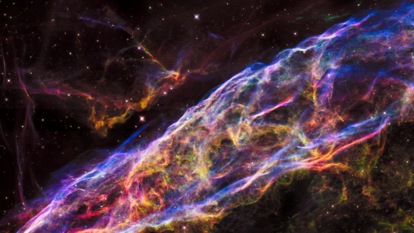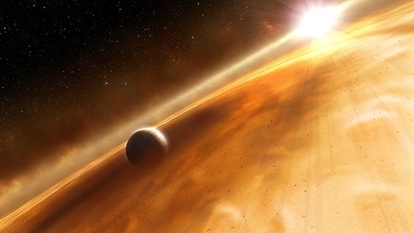59-foot Apollo group asteroid to buzz Earth soon, NASA reveals
An Apollo group asteroid is on its way towards Earth and may make a close approach to the planet soon, according to NASA. Know its speed, distance, size and other details.
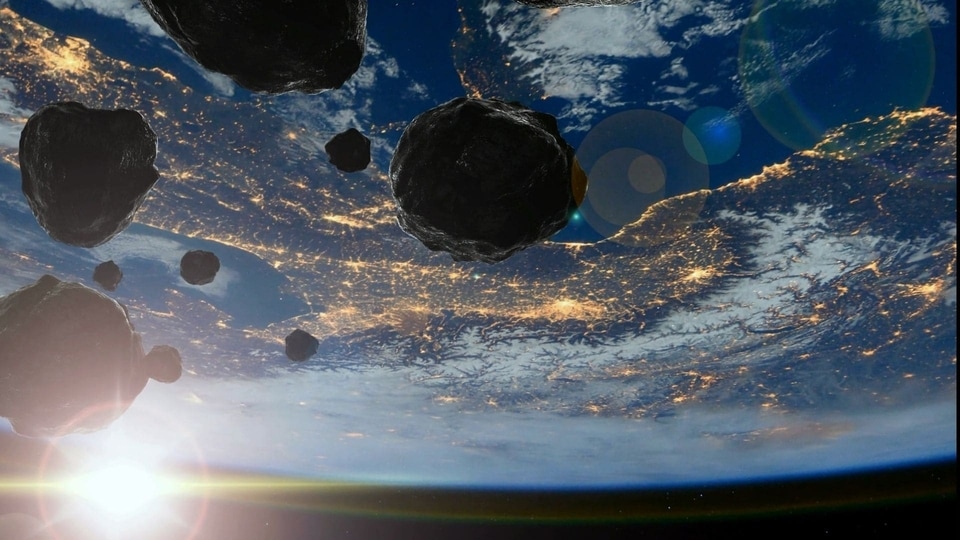
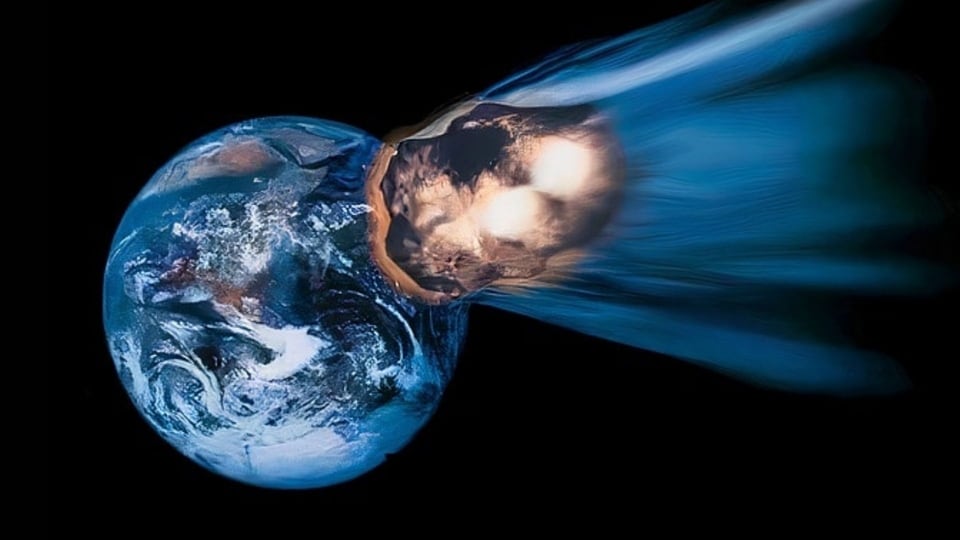
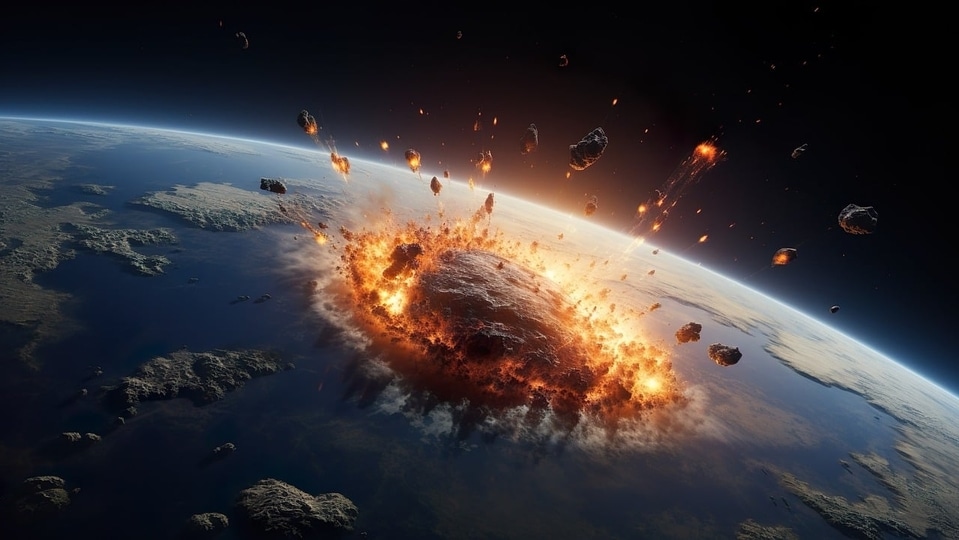
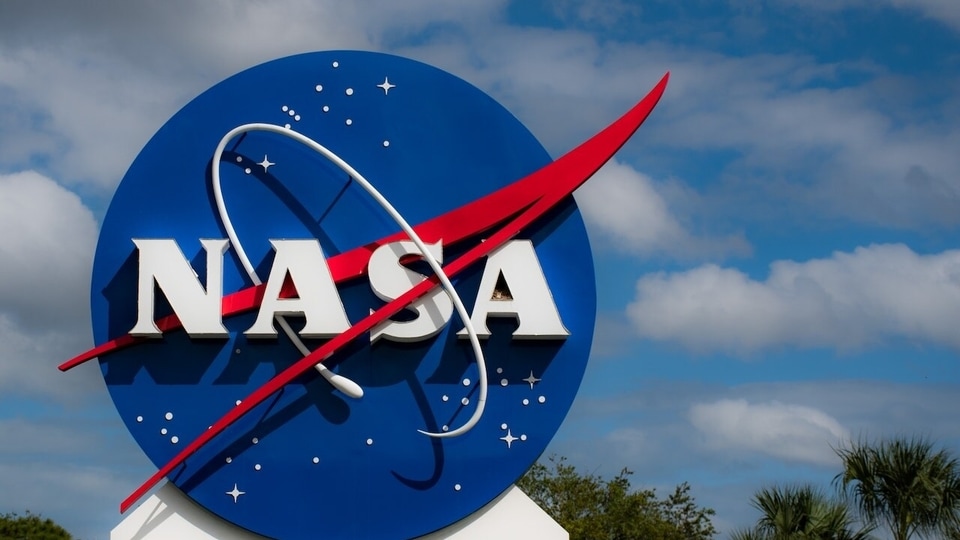

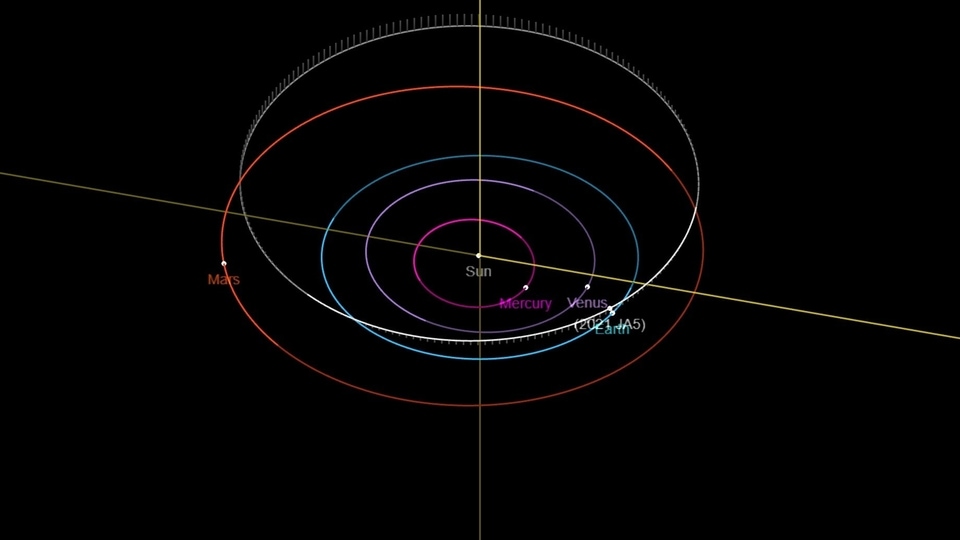
 View all Images
View all ImagesNASA has issued details about an asteroid that is expected to fly past Earth at a close distance. The asteroid, given the designation of Asteroid 2021 JA5, is on its way towards Earth and will make its closest approach to Earth on September 6. This space rock was spotted by NASA's Defense Coordination Office (PDCO), which is responsible for monitoring the skies and keeping a watch on various Near-Earth Objects (NEOs).
It is speeding towards the planet at a blistering speed of 39070 kilometers per hour and will pass the planet at a distance of about 5.1 million kilometers, putting it in the category of Near-Earth Objects (NEOs).
Despite its close approach, the asteroid is not a dangerous one, due to its seemingly small size. As per NASA, it is estimated to be around 59 feet wide, which makes it almost as big as a house. However, there is still cause for concern as a similar 59-foot-wide asteroid exploded over the city of Chelyabinsk, Russia in 2013, damaging over 7000 buildings and leaving almost 1400 people injured.
The space agency has also revealed that Asteroid 2021 JA5 belongs to the Apollo group of Near-Earth Asteroids, which are Earth-crossing space rocks with semi-major axes larger than Earth's. These asteroids are named after the humongous 1862 Apollo asteroid, discovered by German astronomer Karl Reinmuth in the 1930s.
Biggest ever asteroid impact
Asteroids often conduct flybys close to Earth without ever impacting the surface. However, there is precedence of these space rocks hitting the Earth. The largest-ever asteroid impact on Earth occurred more than 2 billion years ago which resulted in the 300-kilometer-wide Vredefort crater near Johannesburg, South Africa.
However, a new discovery in Australia might put this asteroid impact to shame. According to a study published in the Tectonophysics journal, researchers at the University of New South Wales (UNSW) have now reportedly found the crater of the largest asteroid to ever hit the planet located beneath the surface in New South Wales, Australia. The Deniliquin structure, which is nearly 520 kilometers wide, surpasses the Vredefort asteroid crater, which was around 300 kilometers wide.
According to Earth and Paleo-climate scientist Andrew Glikson, this impact could have occurred during the late Ordovician mass extinction which took place about 450 million years ago and wiped out nearly 85 percent of Earth's species at the time. This event is also referred to as the first of the “Big 5” mass extinction events in history.
Catch all the Latest Tech News, Mobile News, Laptop News, Gaming news, Wearables News , How To News, also keep up with us on Whatsapp channel,Twitter, Facebook, Google News, and Instagram. For our latest videos, subscribe to our YouTube channel.









